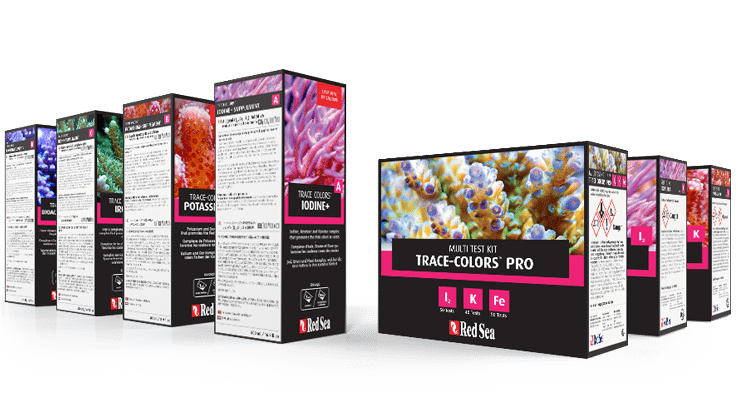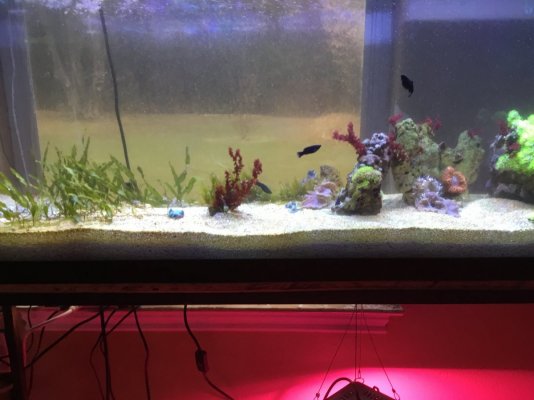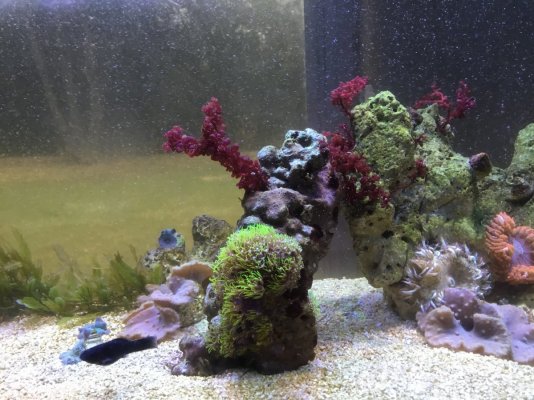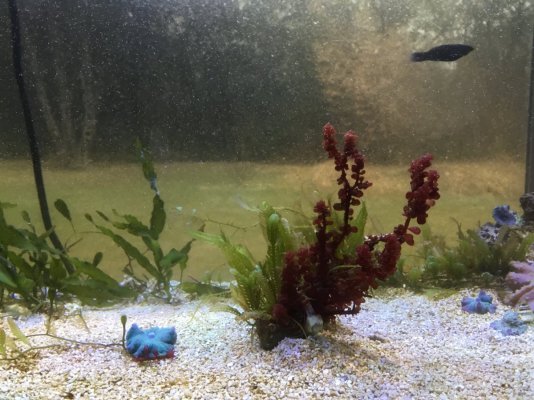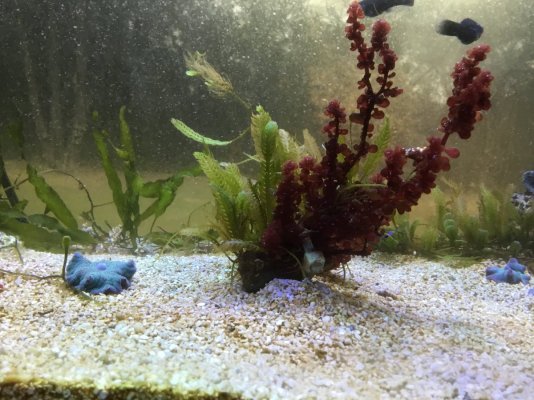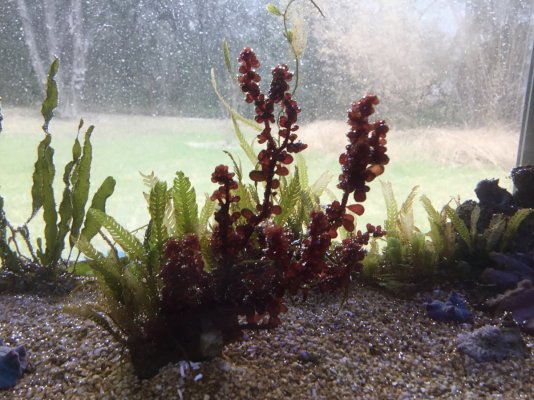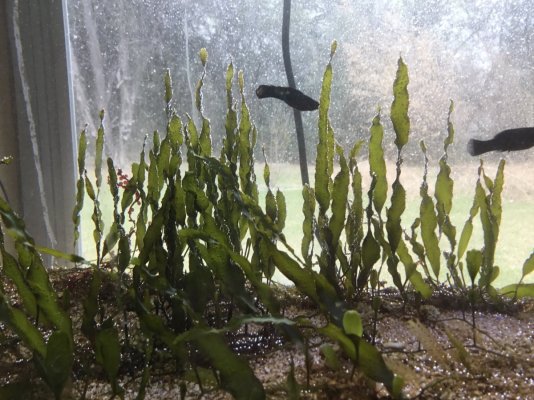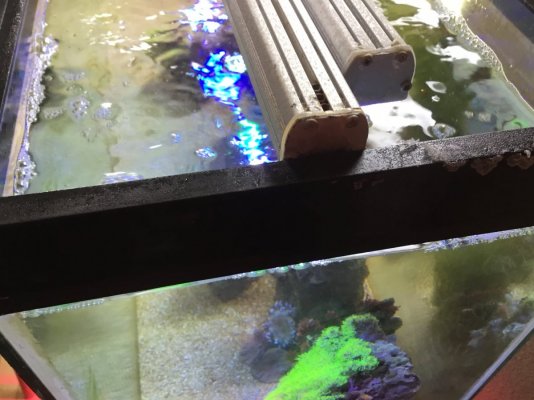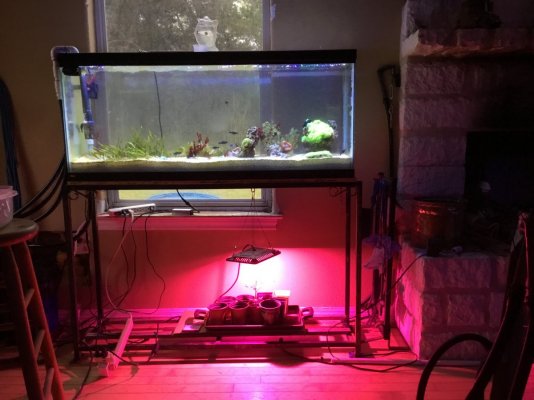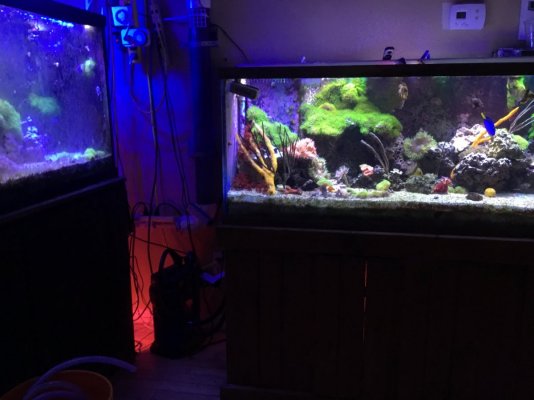Of course now you've got me all worked up on the "If I was Jeff Besoz" dream.
I wonder how much it would cost, and the technological availability of setting up a large lab that could study the minute changes throughout the entire making of a reef tank that leads to a "healthy environment"
And if we have technology available today to automate it or if it would require hundreds of full time employees on very high salaries since they most likely would all have to be Chemists/Biologists with degrees.
That'd be the first step, by understanding how it works in a controlled environment though it would help us start "fixing" the ocean which we seem to have slowly been poisoning over the past thousands of years.
I wonder how much it would cost, and the technological availability of setting up a large lab that could study the minute changes throughout the entire making of a reef tank that leads to a "healthy environment"
And if we have technology available today to automate it or if it would require hundreds of full time employees on very high salaries since they most likely would all have to be Chemists/Biologists with degrees.
That'd be the first step, by understanding how it works in a controlled environment though it would help us start "fixing" the ocean which we seem to have slowly been poisoning over the past thousands of years.






